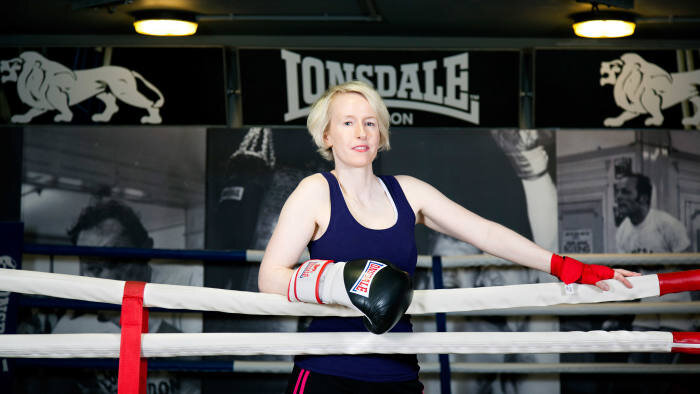While I was studying textiles as a weaver and printmaker, I was looking at dance. When I studied dance notation, I came across music scores, and while I was studying experimental music, I was looking at architecture.
Many of us in the arts have such unconventional pathways, allowing us to create more experimental works which ask the audience to watch and listen in new ways. My programme at IKLECTIK explores this, reminding us that listening isn’t solely for the ears.
In my opinion, our traditions in teaching, art, music and history emphasise the accomplishments of white male individuals, and fail to educate us on works made by women, people of colour, queer and other minority groups. There has been a global push to make such individuals more visible. History is being rewritten and more voices heard, but there is still a lot of action to be taken.
It was natural, then, to curate the The Gaze by exploring these themes through the lens of artists working across different fields.
I went to see Donna Huanca’s Living Bodies at the Zabludowicz Collection a couple years ago. The title reminded me of a paper I wrote called ‘Living Sculptures’ which featured interviews with dancers – including one from the Merce Cunningham Dance Company – on collaborating with choreographers. Following this, I was inspired to reach out to performers, and Riccardo T., Antonio Branco and Olivia Norris responded.
Riccardo and Antonio come from a ballet and contemporary dance background. Collaborating as a duo, they explore sexuality, porn consumption and gender norms, using durational performances that evolve and change with each presentation. Their approach to masculinity is extremely playful and they like to push the audience out of their comfort zone.
Olivia Norris shares a similar background and interest in dance as resistance. Her dark humour is apparent in her work with performance group S.T.A.S.I.S, her collaborative films and paintings, and, more recently, her drag persona Wet Mess. Olivia is bold in her attempts to make us think differently about what is feminine and how female rage is a valid topic to be explored and not internalised, as expected by society.
I had the chance to meet Jennifer Walshe whilst studying at Brunel University for my Masters. Jennifer led an improvisation class where we explored a variety of movement, voice and instrument workshops, taking influences from all sorts of places including Pauline Oliveros’ Deep Listening and Hans Ulrich Obrist’s book Do It. I absolutely love her project Grúpat, where she developed imagined histories for 11 fictional members of an art collective. The collective have exhibited and performed worldwide sometimes under her own name, sometimes under the guise of one of the alter egos. Although she doesn’t hide that this is a constructed alternative history, people have succumbed to the richly crafted and seductive archive of Grúpat. Jennifer is known for making scores using text, video and objects, sometimes asking performers for next level method acting techniques in preparation for works, such as learning to skate or box.
I encountered the work of artist, activist and model Phoebe Collings-James through her collaborations with dance artist Jamila Johnson-Small (also known by her alter ego Last Yearz Interesting Negro). Phoebe is represented by galleries in both London and New York, showing sculpture, ceramics, prints and video conceptualised with themes of oppression, revolution and representation.
And finally, this will be the first time I collaborate with composer/cellist and Nonclassical artist Cecilia Bignall. We decided to rework my piece Sway, which seeks to reclaim the objectified female body in ‘Le violin d’Ingres’ treating the cello as a secondary body in the performance. Through text and movement notation based on chladni patterns, you will see and hear the cello’s drone evolve as Cecilia opens, lifts and compresses her torso. Originally for three cellos, the premiere will see Cecilia perform alongside her prerecorded improvisation.
Following the work of the artists involved has definitely taught me to be more bold, in my concepts, when I curated this event, and in myself. It has absolutely been a collective effort getting this night together and I am thrilled that Nonclassical fully supported the programme from the beginning. It will be beautiful, ugly, erotic, dissonant, intimate and surprising.











Looking back over our recent sell out event at Iklectik.